cat vaccine reaction symptoms
Other symptoms include vomiting diarrhea and itchiness. A pilot study has shown that an experimental vaccine can reduce the systemic immune response and symptoms of allergic rhinitis in individuals allergic to cats including nasal congestion sneezing nasal itching and runny nose.
A sarcoma is a term for any cancer of mesenchymal tissues.
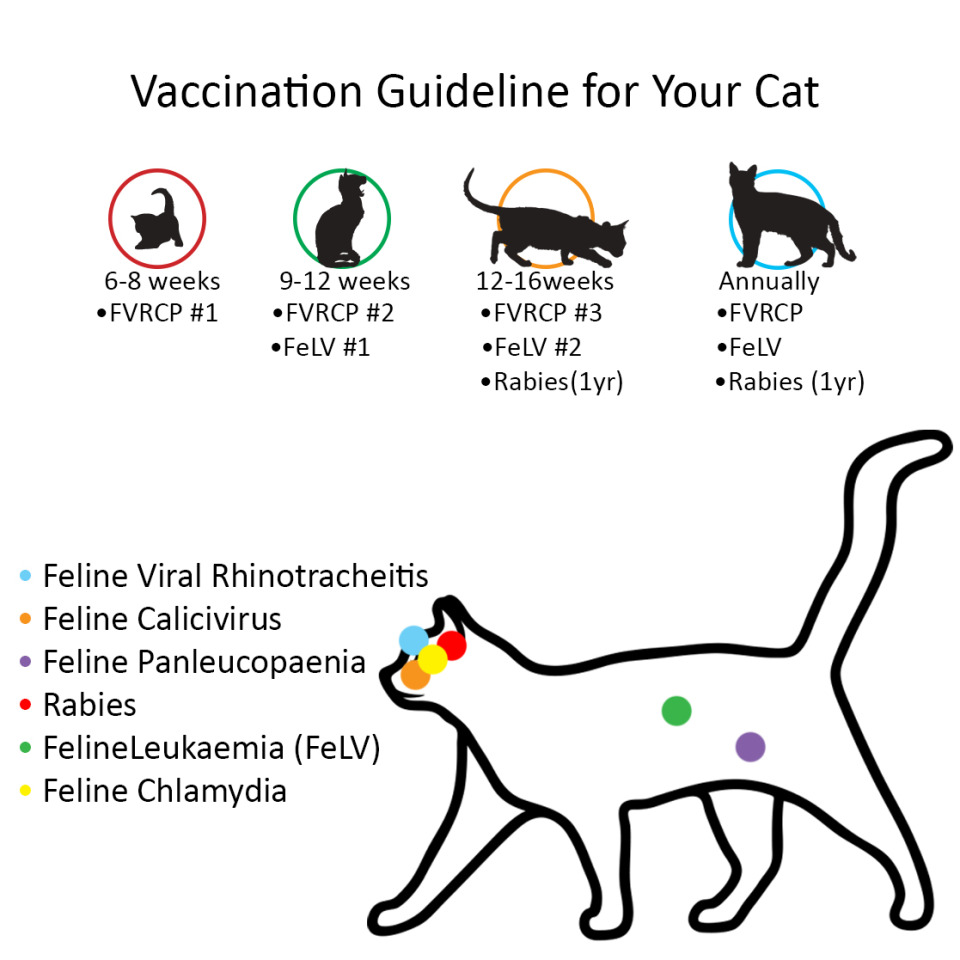
. You may notice a cat allergy based on the timing of your symptoms. Decreased activity levels fatigue Loss of appetite. The shots come in a series every 3 to 4 weeks.
Can cause lesions and cloudy corneas. Compared to anaphylactic symptoms in dogs after rabies vaccination cats appear to be more prone to gastrointestinal and respiratory symptoms as post-vaccinated anaphylactic symptoms. However as with the two-dose or single-dose primary shots serious side effects are rare but can occur.
When this type of reaction occurs you will be able to observe. Nasal discharge sneezing coughing or other respiratory symptoms which may occur up to 2 to 4 days after an intranasal vaccine vaccination with drops or sprays via the nostrils is administered. In the early stages the affected cat may suffer from lethargy and pain in the affected area.
Cats show facial pruritus salivation dyspnea collapse and respiratory distress from acute pulmonary edema Type II hypersensitivity reactions resulting in cellular injury have been suspected or reported following the use of MLV vaccines in dogs. Local pain or soreness and lethargy for approximately 24 hours are very normal responses to vaccination. Can cause head and ear swelling vomiting hives collapsing shock and death.
Like vaccine-induced anaphylaxis the development of fibrosarcomas in response to vaccination in cats is rare estimated between 1 in 1000 and 1 in 10000 vaccinated cats10 Nonetheless if the cat affected is your patient or your pet that statistic is not particularly comforting. Kittens should start getting vaccinations when they are 6 to 8 weeks old until they are about 16 weeks old. Post-vaccination sarcomas usually involve the fibrous connective tissue under the skin and are often fibrosarcomas.
Non-core vaccines include those to ward off Bordetella parainfluenza Leptospira and Lyme disease. Side effects of the intranasal vaccine may include sneezing coughing or a runny nose 2 to 5 days following vaccination. If you suspect an allergic reaction to the.
Some cats will develop a mild reaction that may last for a few days to a week after the vaccination. Autoimmune hemolytic anemia AIHA and autoimmune nonregenerative anemias autoimmunity to erythrocyte precursors. An appearance of wheals or reddening of the skin erythema and urticaria.
The most common vaccine reactions in dogs are lethargy and soreness which may or may not be combined with a mild fever. The final dose should be given at 14-16 weeks. Fever headache fatigue and pain at the injection site were the most commonly reported side effects and overall most side effects were mild to moderate.
If the cat were bitten on the right rear leg the symptoms would exactly match those of. The vaccine called Cat-PAD uses peptide immunotherapy to target the immune system and train it not to overreact to the most. Mesenchymal tissues include connective tissues such as skin and muscles bone cartilage peritoneum and blood vessels.
A cat allergy can cause symptoms such as red eyes and sneezing. Swelling anywhere on the body Breathing difficulty Cold ears legs and feet Seizures A pounding heart beat Collapse. Delayed vaccine reactions can occur anywhere between five to 45 days.
They usually appear within 1-2 days of vaccination and then disappear. Then they must be boostered a year later. Other core vaccines for dogs are those against rabies distemper and adenovirus-2.
Nervous system problems have been seen after vaccination with modified live rabies no longer available and canine distemper vaccines. Symptoms include ulcers scabs darkening of the skin lumps at the vaccine site and scarring with loss of hair. Clinical signs associated with these reactions typically include fever stiffness sore joints abdominal tenderness susceptibility to infections neurological disorders and encephalitis collapse with auto-agglutinated red blood cells and icterus immune.
Or An inflammation of the face and neck due to the appearance of facial and periorbital edema angioedema. Can cause anemia and thrombocytopenia. Type 2 aka cytotoxic.
Of the 316 severe adverse reactions after vaccination 130 cats showed anaphylaxis with 99 76 of the 130 cases resulting in death. Type 3 aka immune-complex. The development of fibrosarcoma at the injection site of a.
When to give vaccines. More marked side effects may include vomiting diarrhoea lameness fever signs of respiratory tract infection or lumps at the site of injection. In these cases cats may develop hives rednessswelling around the eyes and lips or a mild fever.
The most common side effects are mild and include lethargy inappetence or tenderness at the injection site usually lasting no longer than a few days. Occasionally more serious but rare vaccine side effects can occur such as. Adult cats need shots less often usually every year or every 3 years depending on how long a vaccine is designed to last.
This is because the immune system is working hard to make those antibodies and memory cells for the future. Type 1 aka acute anaphylaxis. Rarely cats will have a more significant allergic reaction to the vaccine which generally happens within a few minutes to a few hours of receiving the vaccine.
Common Vaccine Reactions in Dogs. Then the dog needs a booster a year later followed by revaccination every three years. Redness mild swelling and tenderness at the vaccination site.
Mild reactions can include a variety of symptoms such as mild fever lethargy poor appetite sneezing or respiratory problems slight discomfort at the injection site slight swelling at the injection site and vomiting. Respiratory symptoms due to inflammation of the. In addition to the vaccination site lesions most often develop on the ear flaps pinnae on the elbows and hocks in the center of the.
Symptoms of a severe allergic reaction include. Systemic reactions include fever depression loss of appetite lethargy and weakness. These allergies can be triggered by direct exposure to cats or by indirect exposure through fabric or air.
Some pets will have a little bit of soreness at the injection site. Your cat may receive an intranasal FVRCP vaccine a vaccine given as a nasal spray.

Pet Vaccination Aftercare Vetwest Animal Hospitals

Do You Have A Cat Allergy This New Vaccine Could Help Your Symptoms

What You Need To Know About Rabies Vaccines For Cats Flat Rock Emergency Vet Western Carolina Regional Animal Hospital Veterinary Emergency Hospital
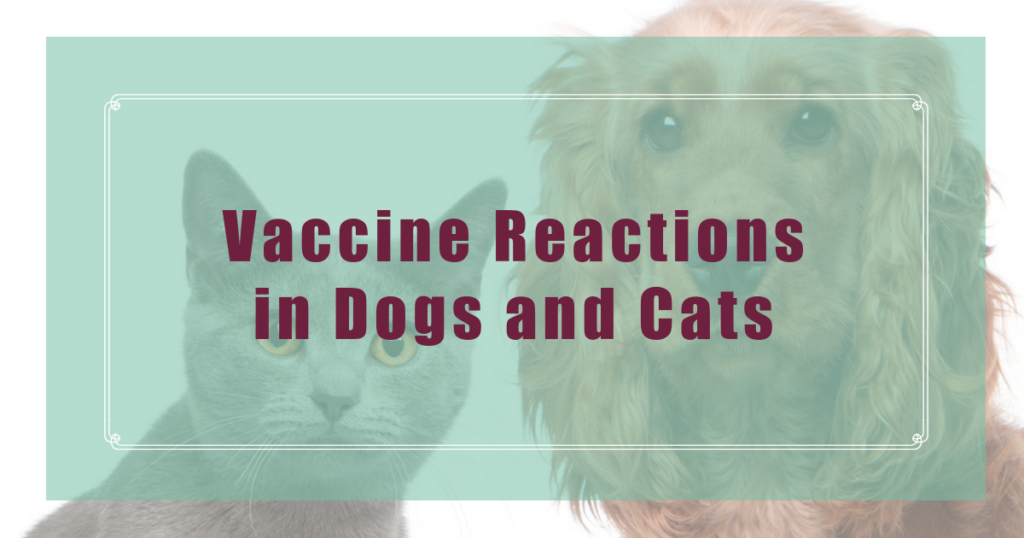
Vaccine Reactions In Dogs And Cats Boulder Holistic Vet

Fvrcp Vaccine For Cats Great Pet Care

Update On Feline Injection Site Sarcomas

Side Effects Of Vaccines In Cats Symptoms
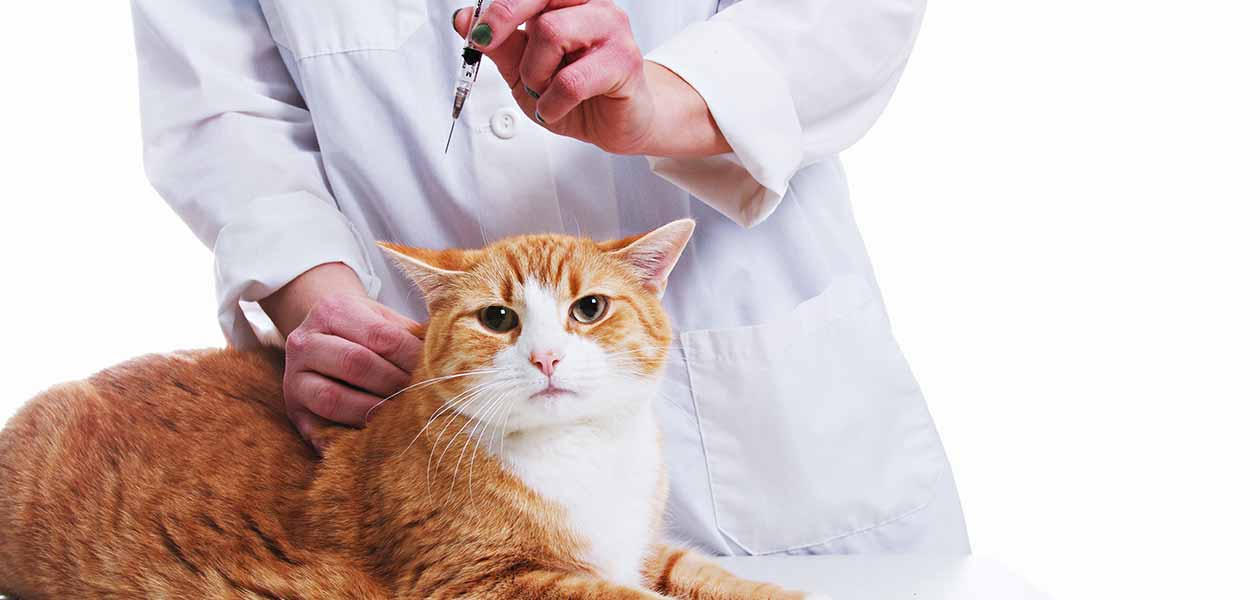
Rabies Vaccine For Cats What Are The Side Effects And Is It Necessary
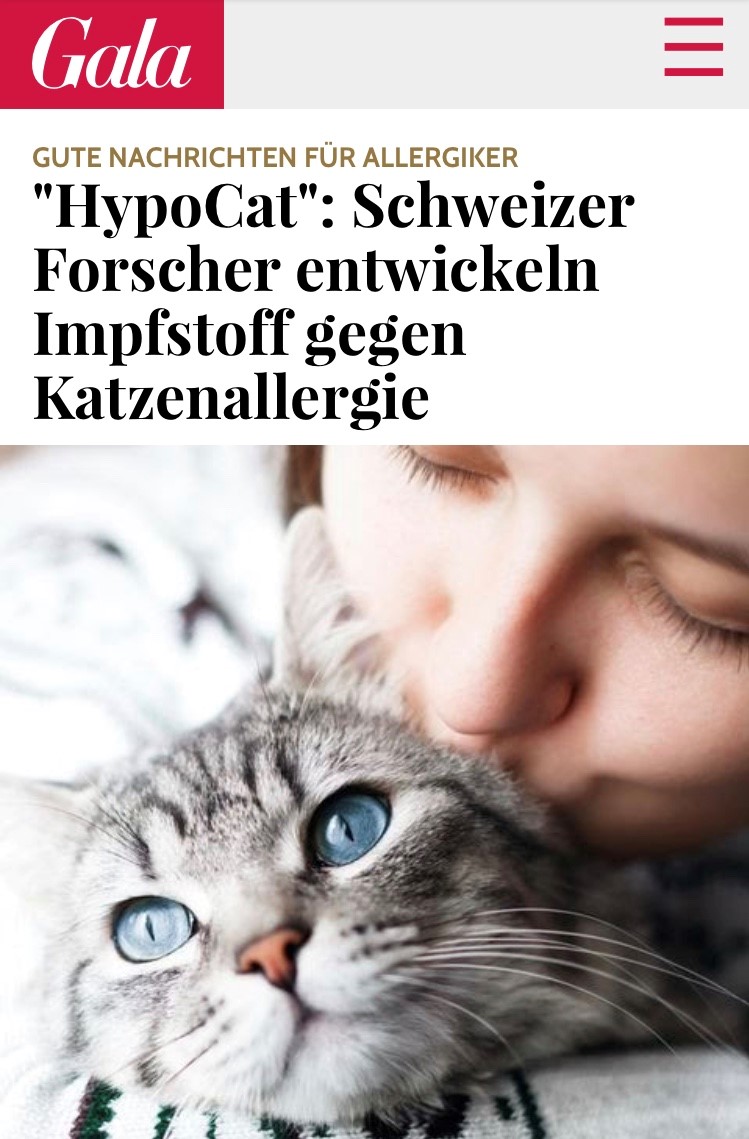
Bachmann Lab Inselspital Bern Switzerland News

What Are The Side Effects Of Rabies Vaccinations For Cats General Cat Health Youtube
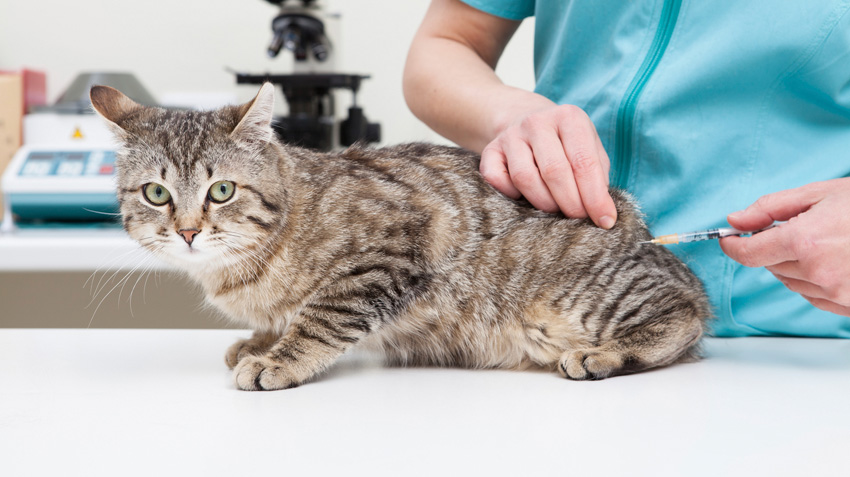
Allergic Reactions To Pet Vaccines Pet Health Insurance Tips
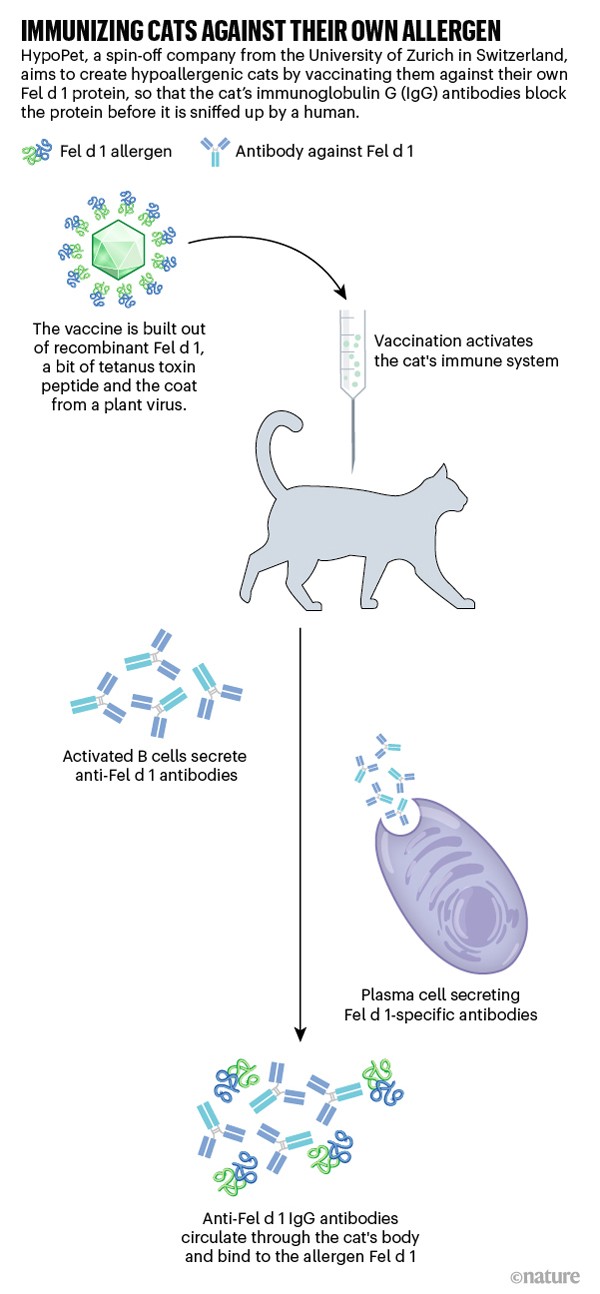
The Race To Deliver The Hypoallergenic Cat

Vaccinating Your Cat International Cat Care

Cat Dog Vaccine Side Effects And What You Should Know Argyle Vet

Bordetella Vaccine For Cats Uses Doses Side Effects Cattime

Cat Vaccination My Vet Animal Hospital
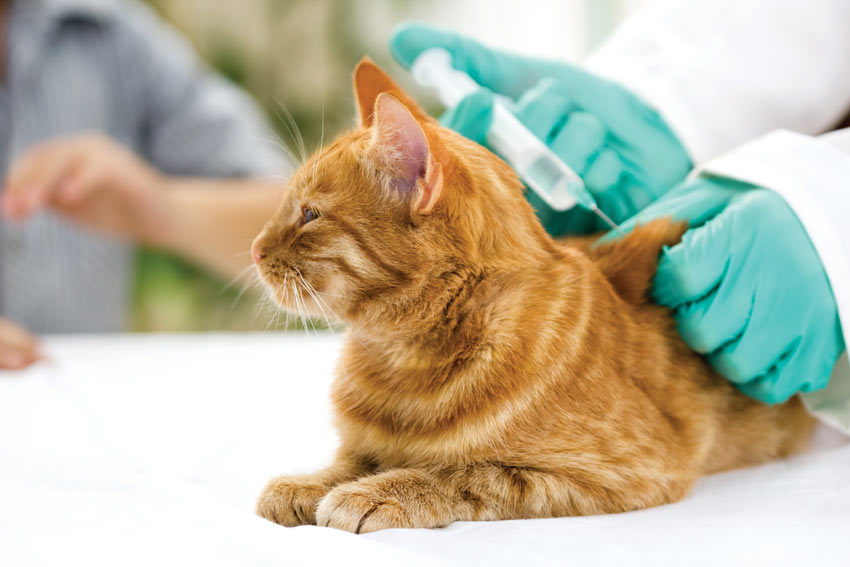
Cat Vaccinations Cat Health Cats Guide Omlet Uk

